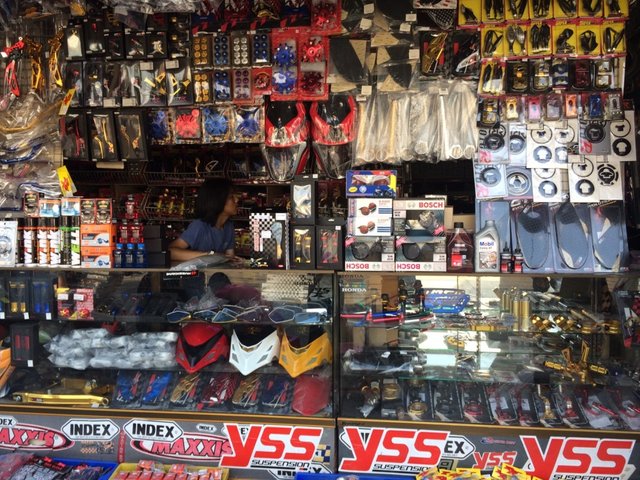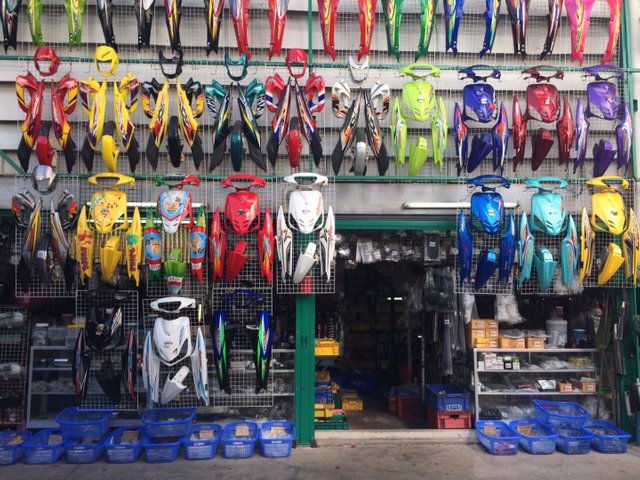Leading MX Gear NZ: Get Ready for Your Next Off-Road Experience
Leading MX Gear NZ: Get Ready for Your Next Off-Road Experience
Blog Article
Grasping Motorcycle Gears: Just How to Enhance Your Riding Experience
In the world of motorcycling, grasping the art of gear adjustment is critical for enhancing your riding efficiency. Appropriately understanding and making use of motorbike gears can dramatically affect fuel, control, and acceleration performance, transforming a typical ride right into a smooth, exciting trip. By incorporating specific shift timing and adjusting gear choice to various road conditions, cyclists can make certain optimum engine efficiency and security. The subtleties of clutch control, throttle coordination, and gear auto mechanics bid a deeper expedition, guaranteeing to unlock the full capacity of your equipment. How can these methods be used to truly enhance your riding experience?
Comprehending Gear Mechanics
How do the details of equipment auto mechanics influence motorcycle performance? At the core of bike characteristics, gear technicians play a critical role in converting engine power right into movement, eventually dictating rate and control. Gears, carefully crafted components, enable riders to maximize torque and rate, guaranteeing a seamless change with different surfaces and speeds. The gear ratios, meticulously created, identify the relationship in between engine transformations and wheel turns, influencing velocity and fuel effectiveness.
Comprehending equipment mechanics starts with recognizing the relevance of the transmission, which houses several equipments of varying sizes. These equipments communicate via a process called meshing, where teeth of different equipments involve to transmit power. The accuracy of this communication is essential; any imbalance or damages can cause inefficient power transfer, preventing performance. Furthermore, the arrangement and size of equipments affect the bike's ability to deal with different lots and rates.
Moreover, the concept of gear shifting is essential to taking full advantage of efficiency. Smooth and timely shifts make sure that the engine runs within its optimum power band, protecting against unnecessary strain and enhancing longevity (motorcycle shop). By comprehending these mechanical ins and outs, cyclists can attain an unified mix of control, power, and efficiency, boosting their riding experience
Timing Your Changes
Change timing mastery is vital for enhancing motorcycle efficiency and boosting the riding experience. Effectively timed changes make sure that the engine operates within its optimal power band, which is crucial for keeping control, attaining smooth acceleration, and guaranteeing the longevity of the bike. Cyclists need to establish an intuitive feeling of when to move gears, which entails comprehending the connection between engine revolutions per minute (RPM) and rate.
To grasp shift timing, pay attention to the engine's noise and feel, as these give crucial hints about when to change equipments. When the engine approaches the top range of its power band without getting to the redline, the optimal change point typically happens - motocross gear. Shifting also early can result in an absence of power, while shifting far too late might cause unneeded engine strain
In addition, roadway conditions and riding style impact shift timing. For circumstances, in urban settings, smoother and extra frequent changes may be needed to browse traffic effectively. On the other hand, throughout freeway riding, fewer shifts at higher speeds can be better. Exercising in different settings will enhance your capacity to time changes specifically, eventually raising your riding experience to a specialist degree.
Enhancing Gas Performance
While understanding motorcycle gears is important check this site out for efficiency, improving gas effectiveness is similarly vital for both financial and ecological factors. Optimum gas intake not only minimizes operational expenses however likewise lessens the environmental impact of riding. To accomplish this, one should comprehend the elaborate relationship between gear option and engine efficiency.
Riding in a greater equipment at reduced speeds can lead to engine hauling, which is harmful to both gas economic climate and engine health. Conversely, riding in reduced equipments at high speeds results in unnecessary gas intake.
Additionally, routine upkeep plays a pivotal duty in gas performance. Ensuring that the bike is well-tuned, with clean air filters and correctly pumped up tires, can lower and enhance aerodynamics gas waste. Taking on a riding design that accepts steady acceleration and smooth slowdown can add to better gas economic climate.

Techniques for Smooth Transitions
Attaining smooth gear shifts is basic to enhancing the riding experience and guaranteeing the durability of a bike's transmission system. Proper gear moving not only contributes to a smooth adventure however likewise lessens wear and tear on the mechanical elements. To master the art of smooth shifts, motorcyclists need to concentrate on a few essential techniques.

Secondly, clutch control plays a pivotal role. Engaging and disengaging the clutch efficiently requires practice. The clutch lever must be released slowly, allowing for a smooth transfer of power from the engine to the wheels without triggering a jolt or sudden movement.

Adjusting to Roadway Problems
Browsing diverse road conditions is an essential skill for any kind of motorcyclist aiming to keep control and safety and security. Whether you're riding on damp surface areas, crushed rock roads, or navigating doglegs, your ability to adjust your gear usage and riding method is vital. Understanding exactly how to change your equipments appropriately can dramatically affect grip and security, making certain a much safer journey.
In contrast, when riding on crushed rock or uneven surface, reduced equipments are preferable. Lower gears give better control and allow you to react even more promptly to unforeseen modifications in the road surface area.
Sharp contours demand specific gear management to balance rate and control. Downshifting prior to going into a contour can assist preserve energy while making sure the bike remains steady throughout the turn. Consistent method in diverse conditions boosts your capability to respond and forecast to modifications in road appearance and slope.
Verdict
Understanding motorcycle equipments substantially enhances the riding experience by enhancing fuel, acceleration, and control effectiveness. A thorough understanding of gear auto mechanics and exact change timing makes certain the engine operates within its optimal power band, while smooth shifts with efficient clutch and throttle control boost comfort and efficiency. Adjusting equipment choice to different road conditions, such as making use of higher equipments on wet surfaces and reduced equipments on gravel, additional boosts handling and security. Ultimately, these skills raise the general trip.
Understanding equipment auto mechanics starts with recognizing the importance of the transmission, which houses multiple gears of differing sizes. These equipments engage with a procedure understood as meshing, where teeth of various equipments involve to transfer power (motorcycle shop). Mild changes to the throttle during gear more information changes can stop jerky motions and maintain a regular riding pace
Whether you're riding on wet surfaces, gravel roadways, or browsing sharp turns, your capability to adjust your equipment use and riding method is critical. Adapting gear option to different roadway conditions, such as making use of higher equipments on damp surfaces and lower gears on gravel, further boosts handling and security.
Report this page